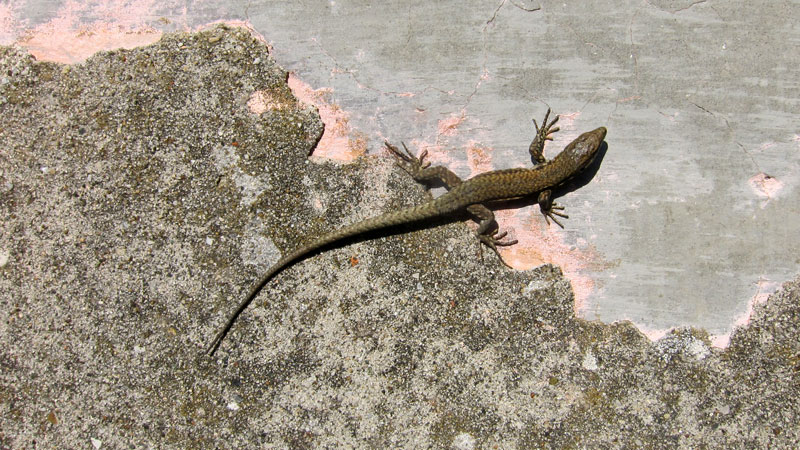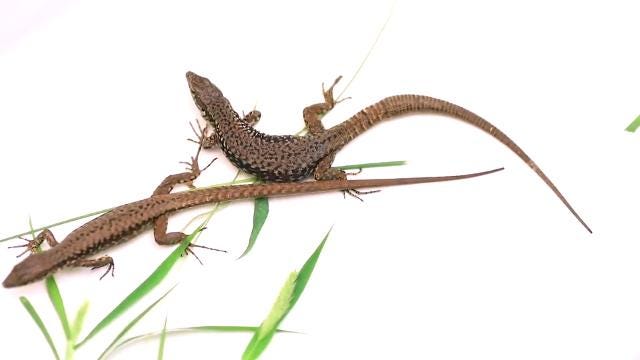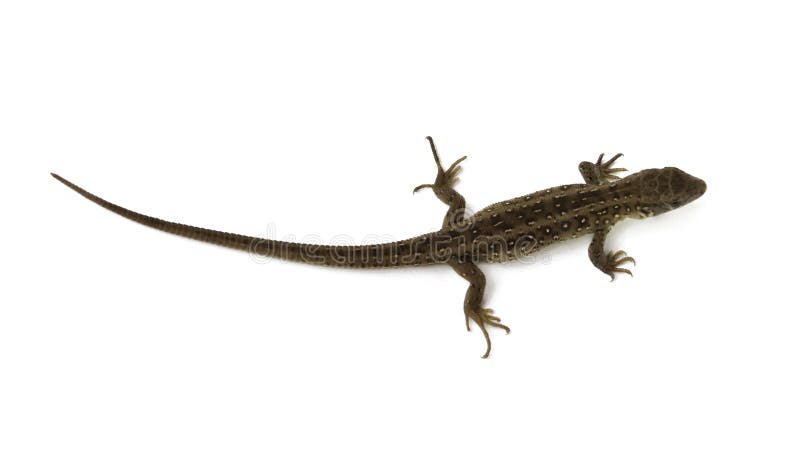

We studied these phenomena in the Common Wall Lizard ( Podarcis muralis), an invasive species brought from Europe to Cincinnati in 1951. New statistical approaches to analyzing animal movement patterns, such as hidden Markov models (HMMs), give us insight into how behavior is affected by dehydration. We can determine the water loss (or dehydration levels) by studying the hematocrit levels (ratio of red blood cells to plasma in blood). Wind has a profound impact on the thermoregulation of animals, as it reduces their body temperature by cooling the animal and substrate, and impacts water loss. Ectotherms are affected by climate change because they rely on the environment to thermoregulate. This can inhibit the ability of wildlife to carry out natural behaviors, and therefore reduce fitness in their natural habitat. This is important to understand so we can quantify the potential effects of the ongoing climate crisis.Ĭlimate change is progressing, subsequently warming the environment and altering precipitation patterns.

muralis and patterns of thermoregulatory behavior. Our study examines how wind can affect the rates of dehydration in P.

This is quickly becoming a problem, as climate change is causing environmental temperatures to rise and precipitation rates to become less predictable. Research Mentor: Eric Gangloff (OWU Department of Biological Sciences)Įctotherms, or “cold-blooded” organisms such as the common wall lizard ( Podarcis muralis) depend on their environment to regulate their body temperature. Student: Ciara Pettit ’23 and Sierra Spears ’22 Lazarus Lizards: Thermoregulation and Water Loss in the Podarcis muralis (Common Wall Lizard)


 0 kommentar(er)
0 kommentar(er)
